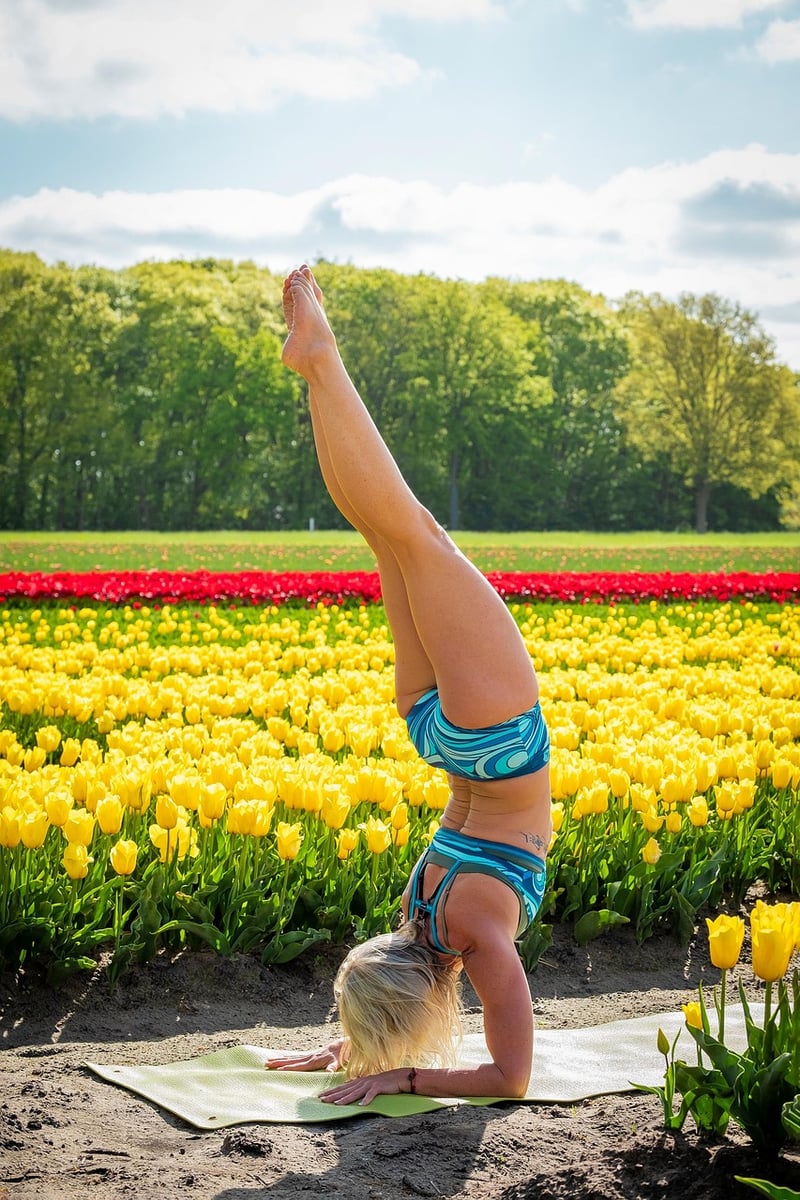Restorative poses
The Balance of Dynamic Yoga Movements and Restorative Poses
Yoga is a holistic practice that encompasses various styles and approaches, each offering unique benefits for the mind, body, and spirit. Two popular aspects of yoga that complement each other are dynamic movements and restorative poses.
Dynamic Yoga Movements
Dynamic yoga, such as Vinyasa or Ashtanga, focuses on flowing sequences of poses that are synchronized with the breath. These movements help build strength, flexibility, and stamina. By linking breath with movement, practitioners can cultivate a moving meditation that enhances focus and presence.

Benefits of Dynamic Yoga:
- Increases cardiovascular fitness
- Builds muscle tone and strength
- Improves flexibility and balance
- Boosts energy levels and vitality
Restorative Poses
Restorative yoga focuses on relaxation and rejuvenation. Poses are held for extended periods, allowing the body to release tension and stress. By supporting the body with props like blankets, bolsters, and blocks, practitioners can experience deep relaxation and restoration.

Benefits of Restorative Yoga:
- Reduces stress and anxiety
- Calms the nervous system
- Improves sleep quality
- Enhances overall well-being
Balance is Key
By combining dynamic yoga movements with restorative poses, practitioners can achieve a balanced yoga practice. Dynamic movements build strength and vitality, while restorative poses promote relaxation and inner peace. Finding the right balance between these two aspects can lead to a more holistic and fulfilling yoga experience.
Whether you prefer the dynamic flow of Vinyasa or the gentle embrace of restorative yoga, incorporating both into your practice can help you cultivate a sense of equilibrium and well-being.
Find your balance on the mat and embrace the transformative power of dynamic yoga movements and restorative poses!
